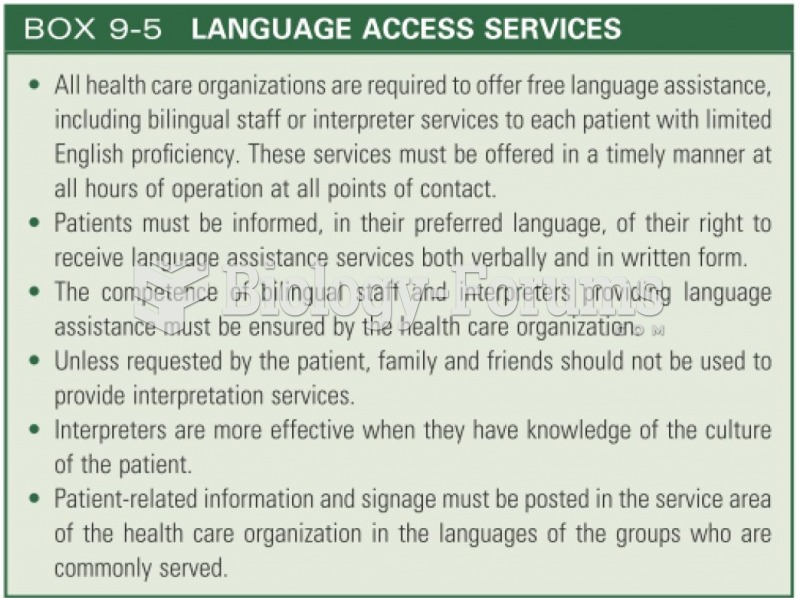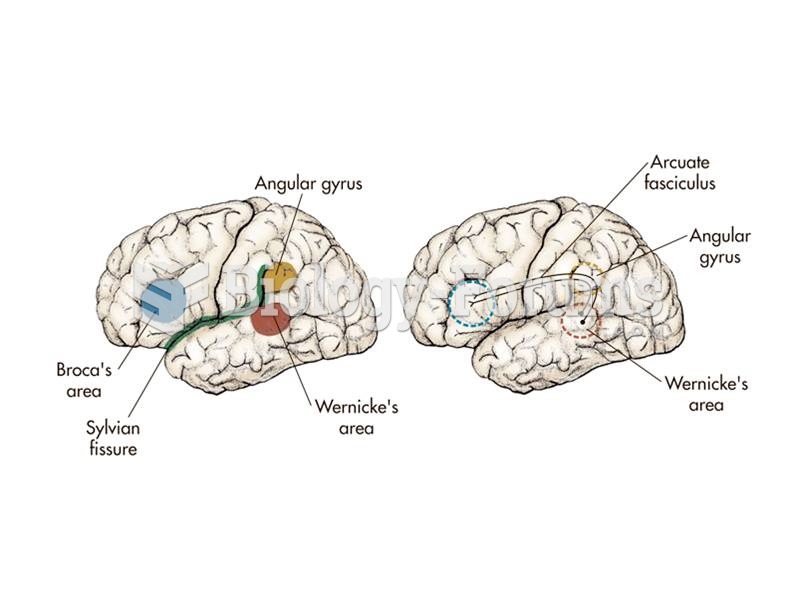Answer to Question 1
Answer: 1. Beginning of the school year assessments: Language arts assessments begin before the first day of school and include the student's cumulative folders, progress reports, and work samples. Learning about the student's performance in language arts during the previous year can give the teacher some insights into the instructional needs of the students for the upcoming year. Results of state-mandated language arts assessments should be available to be evaluated. With this information, decisions about instructional needs can be made.
2. Continuous monitoring of student performance: Once the school year is underway, continuous monitoring of students' progress in language arts should be occurring. This assessment is important because it helps the teacher decide who gets what language arts instruction and when they get it. Periodic tests or end of unit tests may be used to see whether students have mastered concepts and materials covered during the language arts instruction. Observations, anecdotal records, checklists, conferences, and portfolios are assessment techniques that can be used.
3. End of the school year assessment: At the end of the school year, state-mandated language arts assessments take place. The collection of final classroom language arts data is also occurring. End of the year assessments can include final conferences, writing and reading samples, running records, read and tell checklists, and self-reflections. This is also the time of the year when student portfolios are organized with final products and information.
Answer to Question 2
Answer: A student at the early emergent level is typically in preschool. A student at this level is acquiring print concepts and knows the purpose of print. These students are also familiar with writing genres and are able to predict and construct meaning. These students can retell familiar stories and enjoy listening to literature read aloud. Students at this level are also showing beginning phonemic awareness. A student at the emergent level is competent in all of the early emergent literacy skills. These students are typically in kindergarten or first grade. These students have mastered most concepts of print, can track written words when spoken aloud in text, and are learning common phonic elements in words. These students can also match upper- and lowercase letters, and are growing in phonemic awareness. These students are able to use story elements in retelling.







